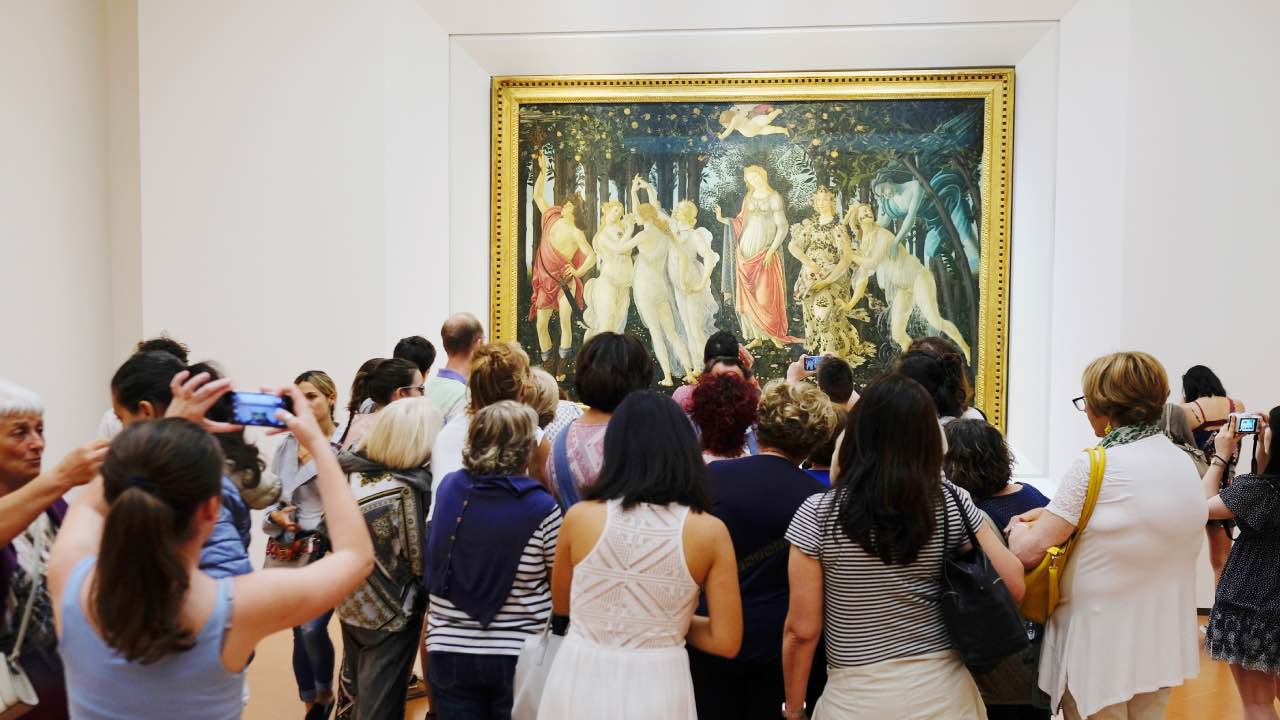An Italian museum’s innovative way of tracking viewer interactions

Art researchers in Italy have discovered a new way to help more accurately curate popular museum exhibitions.
Working with the Italian national agency for new technologies, the Istituzione Bologna Musei in Bologna has installed 14 small cameras that use artificial intelligence (AI) to study the reactions of viewers.
The cameras pick up facial expressions, posture and positioning of those who pass through the gallery on a daily basis.
The data collected by these cameras is then used to draw broader conclusions about future exhibits and specific artworks.
Researcher Riccardo Scipinotti came up with the initiative, referred to as ShareArt, to record how long visitors look at art, the paths they take through galleries, where their eyes are drawn to on particular canvases.
All of these factors make up each piece of art’s “attraction value”, as well as analysing which exhibits are the most popular.
The ShareArt technology has the potential to revolutionise the museum and art world, as the data shared from the AI could determine placement of certain works in a gallery, how works are lit or hung, or how works are displayed in relation to one another.
The team of researchers began to roll out ShareArt in early July as COVID-19 restrictions were lifted in Italy, and has already started to yield interesting results.
The technology is also fitted to detect if museum-goers are flouting making-wearing rules.
The AI device is programmed to flash red if a visitor is wearing their mask incorrectly, or not wearing one at all.
Image credit: Shutterstock
